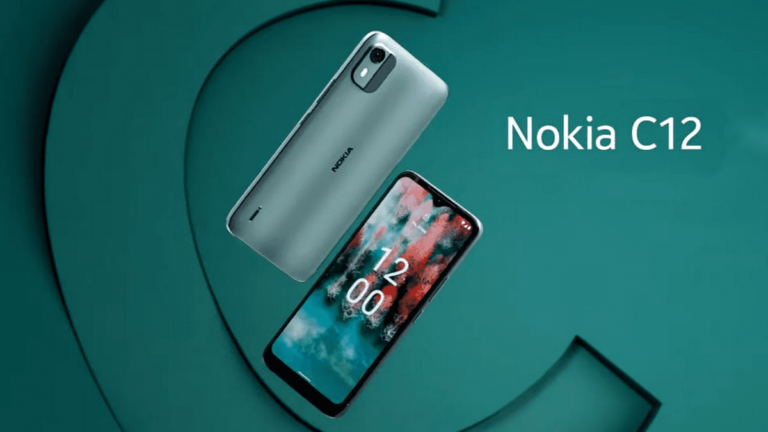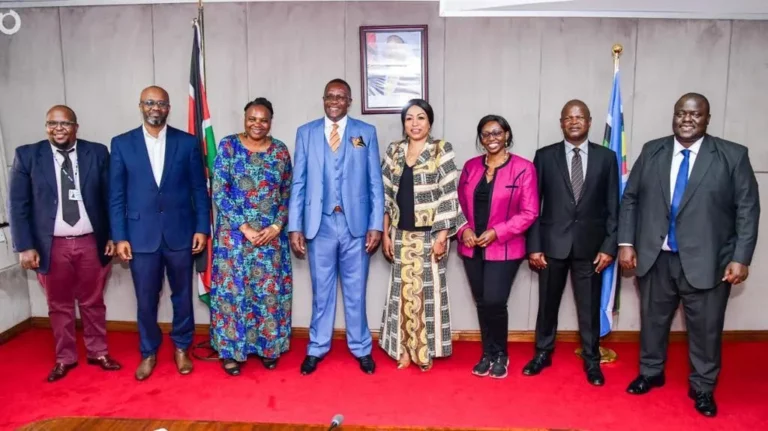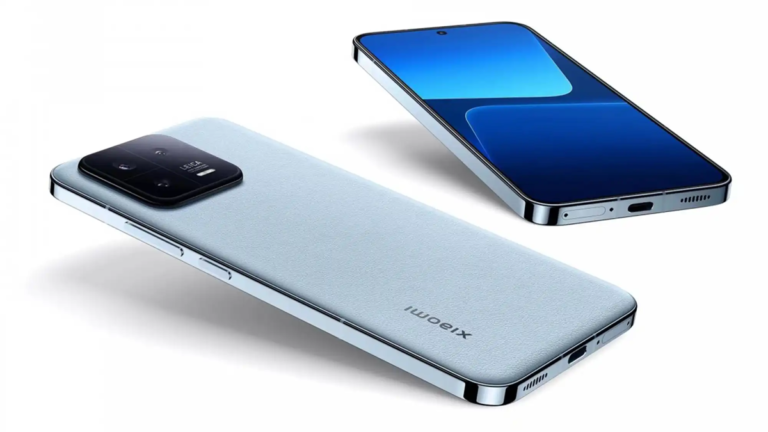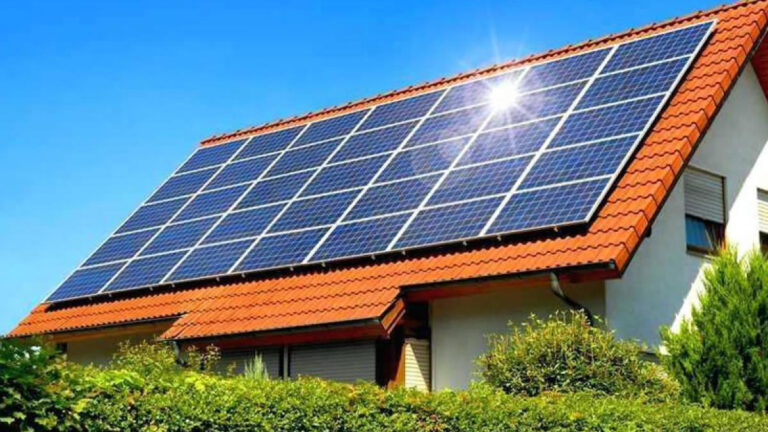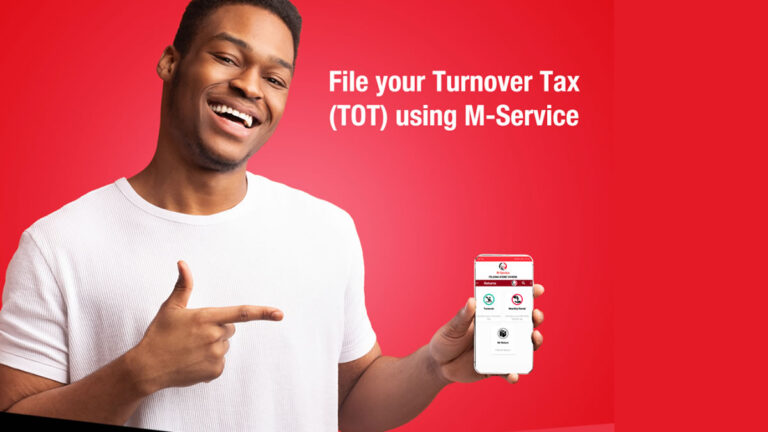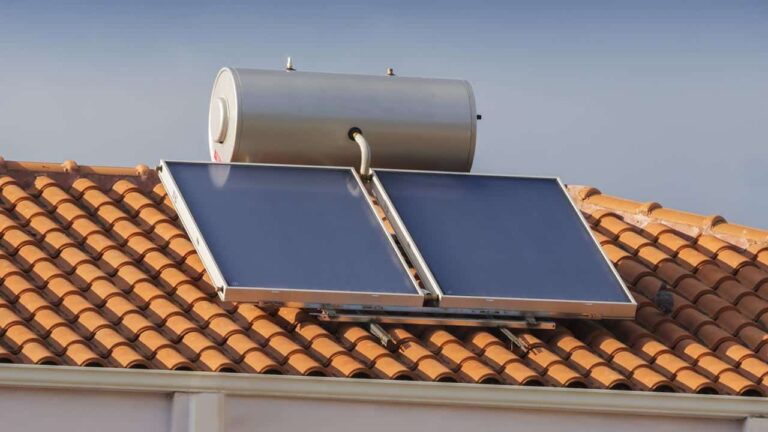The Nokia brand has had a resurgence in recent years, with HMD Global reviving the company’s fortunes with a range of mid-range and premium mid-range smartphones. However, the company has struggled to compete with more established Android brands and has recently focused on low-end devices. The latest addition to the Nokia lineup is the C12, a super-budget smartphone set to kick off 2023 with a bang.
The Nokia C12 is a sequel to the Nokia C10, but with a smaller display. The phone features a 6.3-inch LCD screen with an HD+ resolution and a waterdrop notch design. As is typical in the low-end class, the phone does not have a high refresh rate, and the display is limited to 60 Hz. The phone measures 160.6 x 74.3 x 8.75mm and weighs 177.4g, making it easy to hold and use.
Under the hood, the Nokia C12 is powered by the Unisoc SC9863A1 chipset. This chipset could be better in Unisoc’s portfolio and features a super-old 28nm manufacturing process. It means that power efficiency is not the strong point of the phone. However, it does have an octa-core CPU with eight Cortex-A55 cores that clock at up to 1.6 GHz and a PowerVR IMG 8322 GPU for basic tasks. The phone comes with up to 2 GB of RAM, and you can enable more than 2 GB of virtual RAM. The phone runs Android 12 Go Edition, so the amount of RAM should be fine, but you should not expect much multi-tasking in this hardware. The phone comes with 64 GB of internal storage to keep you out of problems. There is also a micro SD Card slot for further memory expansion.
The Nokia C12 has two cameras: an 8 MP main camera with LED flash and a 5 MP snapper for selfies and video calls. The phone has 4G connectivity, Wi-Fi, and Bluetooth 5.2. It also comes with a 3.5 mm audio jack which is almost exclusive to budget devices nowadays. However, there are three major downsides to this phone. Firstly, it comes with a micro USB port, so there is only 5W charging for a 3,000 mAh battery.
It is quite small compared to most low-end phones with huge batteries with at least 5,000 mAh. Secondly, the micro USB port is another downside; after all, USB Type C is already in low-end phones.
The Nokia C12 is not the cheapest of the budget phones, priced at KES 15,000. There are cheaper offerings with better specifications. However, the phone is built to last with a polycarbonate build, IP52 rating, and toughened glass. The device should get Android 13, like other Nokia phones, once its Go edition becomes available.
In conclusion, the Nokia C12 is a budget smartphone with a 6.3-inch LCD screen, HD+ resolution, and a waterdrop notch design. It is powered by the Unisoc SC9863A1 chipset, which is not the most efficient and features an old 28nm manufacturing process. The phone has 2 GB of RAM and 64 GB of internal storage and runs on Android 12 Go Edition. It has a single 8 MP main camera and a 5 MP front-facing camera. Connectivity options include 4G, Wi-Fi, Bluetooth 5.2, and a 3.5 mm audio jack. However, it has a small 3,000 mAh battery that can only. When it comes to Kenya, we expect to cost about Ksh. 15,000.

